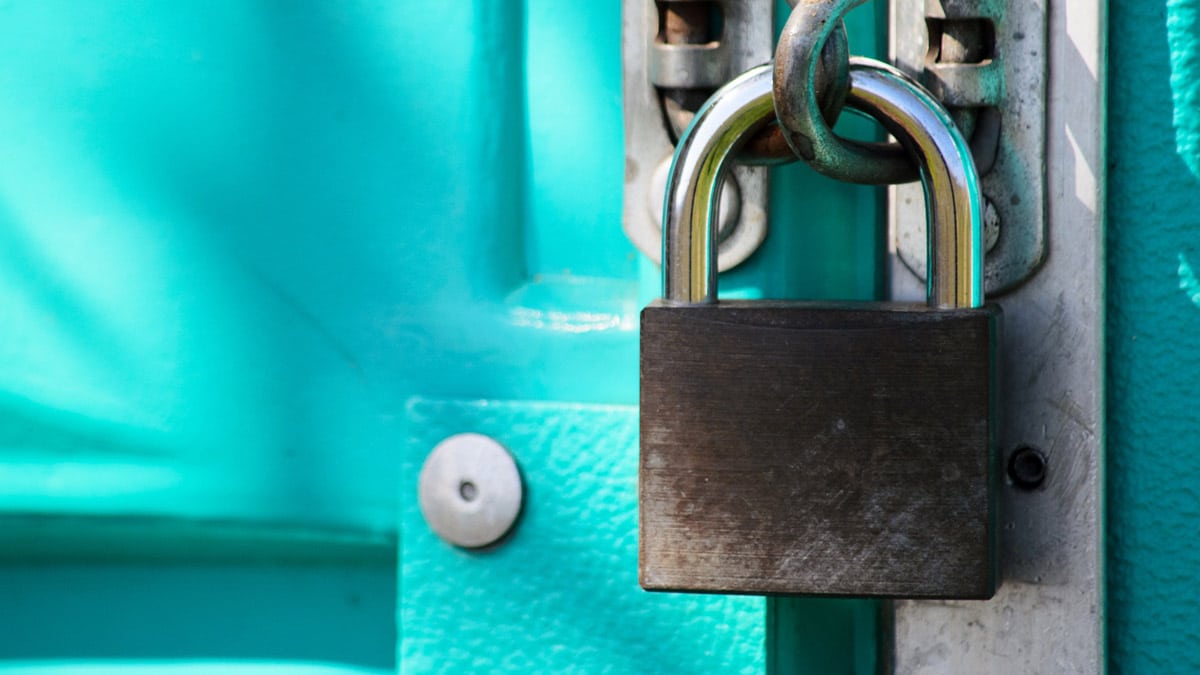LONDON — News that Apple and Spotify are moving toward subscription podcasts is both exciting and disturbing. Exciting because it demonstrates the popularity of audio material and disturbing since audio material has traditionally been distributed according to a level playing field. Leaving aside audio books, listeners to radio and podcasts have benefited from the lack of barriers to access material.
This has meant that people can explore freely everything that is available, ranging from the large national radio stations to more niche material.
While DAB, in many countries, brought to the airwaves content that responded to more minority interests, be that musical or cultural, the explosion of podcasting has meant that further granularity is possible when it comes to serving these niches. You find your own trajectory through the myriads of material.
Accessibility
Growing up in a home where there was no interest in classical music, I have reason to be grateful for the level playing field of radio. My parents would not have taken out a subscription for BBC Radio 3, but when I found the station, I realized to my astonishment that I was not the only person in the world with such strange interests. There was a whole radio station designed just for me! I therefore strongly regret the fact that certain types of output are concealed behind paywalls.
You only need to look at video platforms to see what the model might become, and though I subscribe faithfully to Netflix, there is always some frustration when attractive exclusive content is available through another provider.
Maybe I’m just cheap, but I don’t see myself taking out multiple subscriptions. Until now, audio has been there for the taking, and has flourished in an extraordinary way, with the podcast revolution charting its own course and diverging from the major media brands in a way that would have seemed unimaginable a few years ago.
That said, creativity needs to be properly funded. It has been a challenge to make income from podcasting. Sponsorship and underwriting models have been tried, in addition to selling related merchandise and offering premium material. The idea of paying for the shows themselves has not been center stage, until now. For traditional media providers, this had meant that podcasting has been valuable as a brand extension.
Given the enduring strength of radio brands, is there a case for a distribution channel owned by broadcasters distributing to audiences who wish to stay clear of dependency on tech giants?
At first, broadcast media found this an attractive way of delivering on-demand material, in days when mobile internet access was slower and more expensive.
The print media followed, profiting from the burgeoning of the audio market, its convenience and positive user experience.
And then, as we know, many others followed, providing amazing material for all types of niches. For commercial radio companies, podcasting has often been seen as a problem, requiring extra work for no extra income, while — admittedly difficult to measure — enhancing customer brand loyalty.
With RSS feeds freely available, we have the interesting scenario in the United Kingdom where some BBC podcasts are available on the Global commercial radio app. Free podcasts from commercial and public service radio sit side by side, jostling for attention — the traditional level playing field, partially funded by advertising, the rest from the BBC license fee.
With this development from a platform as significant as Apple, it will be interesting to see whether commercial radio moves in the direction of monetizing its podcasts, perhaps difficult to do while the public service ones — almost certainly — remain free, as a matter of granting access to license fee payers.
Subscription Model
Perhaps both parties — commercial and public media — will separately conclude that there is money to be made from the large back catalog, as they jointly have done with the launch of BritBox, the U.K.’s answer to Netflix in the video sphere, produced collaboratively by the BBC and commercial television. Monetizing the archive would remove some of the opportunities for learning afforded by the deep audio catalog of programs such as the BBC’s In Our Time, which over the decades has covered history, philosophy and cultural topics, and now forms a valuable library for the curious.
Those of us passionate about audio production should be pleased that there is now a genuine market, while hoping that the subscription model does not raise too many barriers to listening for those who might be unable to afford multiple subscriptions, the young and those with fewer financial resources. It will be interesting to see how this develops, and broadcasters will need to define their approach.
The current model for radio — advertising and public funding — has meant that you could pay for a device and explore the radio multiverse at will until the machine needed replacing. That level playing field, making everything available without paywalls, has certainly been part of its strength, enriching people’s lives over generations in ways they never imagined.
Given the enduring strength of radio brands, is there a case for a distribution channel owned by broadcasters distributing to audiences who wish to stay clear of dependency on tech giants? An additional advantage would be that highlighted programs would be chosen by broadcasters themselves, not determined by the commercial interests of third parties.
In whatever way this plays out, it would be unfortunate if the essential accessibility and variety of audio were undermined by a medium that has greatly enriched the offer until now.
Graham Dixon was head of Radio at the EBU until 2020, and before that, managing editor of one of the BBC’s national stations. He currently advises media organizations, such as Radioplayer and the European Digital Radio Alliance.

